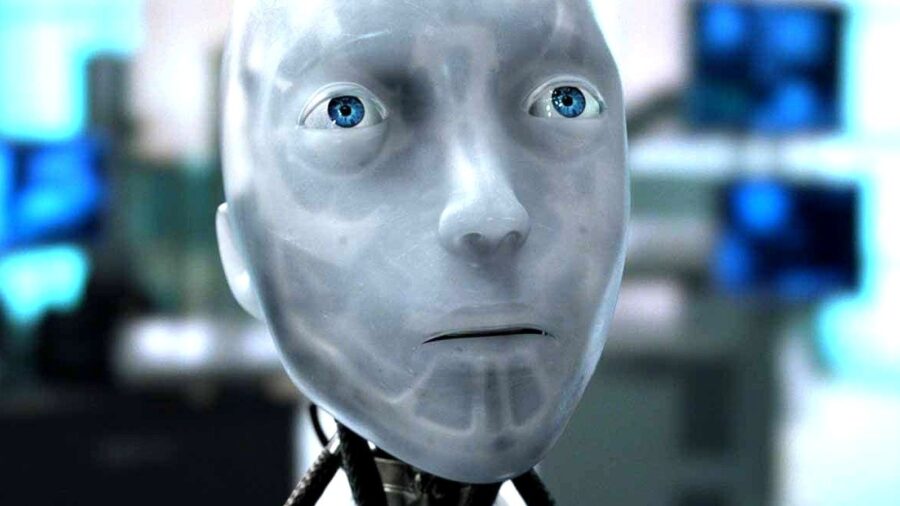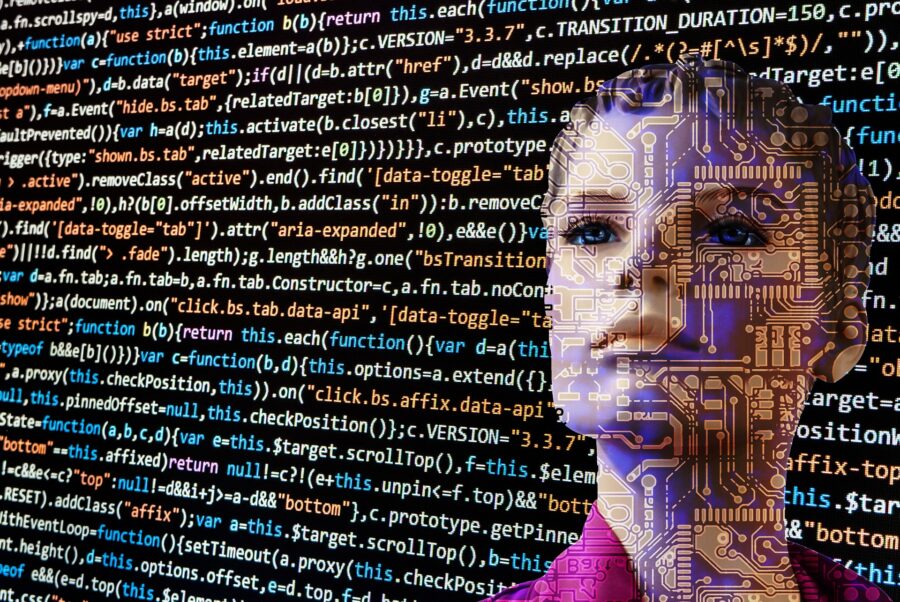Robots Are Now Flying Planes Better Than Any Human

Scientists from the Korea Advanced Institute of Science & Technology (KAIST) have developed a humanoid robot capable of flying an aircraft without majorly adjusting the cockpit. The robot is just over five feet tall, proficient at grasping the flight controls, and can effectively stabilize the aircraft’s altitude, even when encountering challenging flight conditions.
The robot is equipped to monitor various essential flight parameters within the aircraft using external cameras. “Pibot is a humanoid robot that can fly an airplane just like a human pilot by manipulating all the single controls in the cockpit, which is designed for humans,” KAIST Associate Professor of Electrical Engineering David Shim told Euronews.
The robot’s capacity is so vast that the robot can store all of the Jeppesen aeronautical global navigation charts, a task that proves impossible for human pilots.
With the help of large language models, Pibot can memorize intricate manuals to enhance its versatility across various aircraft. Its capacity is so vast that the robot can store all of the Jeppesen aeronautical global navigation charts, a task that proves impossible for human pilots. According to Shim, humans can fly numerous airplanes, but they must study to hone their skills.
As such, transitioning to different airplane models often requires additional qualifications. A robot pilot can learn the configuration of several aircraft types at once. So when it’s time to operate a specific model, it just needs to be programmed with the relevant instructions thanks to recent advancements in large language models.
Pibot Uses AI Technology
The research team created its first pilot robot prototype in 2016. During that period, AI technology was not very advanced, resulting in a basic invention that could not learn from literature or manuals. However, due to the rise of systems like ChatGPT and other large language models, Pibot is a huge success.

By leveraging large language models, Pibot is expected to execute error-free flights that can react to emergencies faster than its human counterparts. The robot can memorize aircraft operation and emergency manuals, such as the Quick Reference Handbook, an in-flight manual for flight crews to consult in case of mid-flight issues.
“Pibot is a humanoid robot that can fly an airplane just like a human pilot by manipulating all the single controls in the cockpit, which is designed for humans.”
KAIST Associate Professor of Electrical Engineering David Shim
It can also offer immediate responses and real-time calculations for a safe route based on the aircraft’s airborne status. Furthermore, the research team is actively developing and testing its own natural language model, designed to function without an internet connection. This tailored model will specifically address robot piloting-related queries and data.
The language model will be stored onboard the computer for easy access. When plugged in, the pilot robot can also establish direct communication with an aircraft. Its current design is tailored for use in scenarios where human involvement might be dangerous. Through voice synthesis, Pibot can effectively interact with air traffic controllers and individuals in the cockpit, allowing it to assume the roles of a pilot or first officer.
Beyond aviation, the robot can seamlessly substitute humans in various capacities, such as driving cars, operating tanks, or even commanding ships at sea. According to Shim, Pibot can be deployed wherever a human occupies a seat and undertakes tasks. Moreover, the team deliberately designed Pibot with a human structure because working environments are made for humans.
While its human form may not be maximally efficient, Shim says it is the most optimal. The robot pilot is still in development and is projected to be completed in 2026.











